How to turn a shipyard into an offshore company
and why market economy does not work
(Read about what is happening at the Riga Shipyard now in a new article: “Latvian shipbuilding is over.”)
Riga is a port city, as happened historically. The port is a large system with complex infrastructure, and the ship is its key point.
In order for everything to work as it should, it is necessary to maintain the efficiency of the vessels, as well as repair and improve them. It is necessary to create new vessels, both cargo and passenger.

Riga Shipyard was founded in 1913 by German industrial capital. The factory made repairs of small ships, as well as equipment for sawmills, paper mills and other enterprises. During the Great Patriotic War, the factory was destroyed.
The Soviet government began to restore the factory immediately after the liberation of Riga in 1944. With a new scope and on a new technological base. Were built: a foundry, welding housing, assembly shop and other structures. In 1963, a new round of further expansion of the shipyard began. The factory acquired new berths, floating docks, a flooring workshop were installed, the energy sector of the enterprise was improved, and storage facilities were developed.
In Soviet times, the enterprise was the largest shipyard in the Baltic states, it repaired the ships of the navy and ships for scientific research, built ferries and much more. The products of the Riga ship repair factory were in great demand and were used even in the Far East.
In socialist enterprises, the real owners are its workers. So it was at the Riga shipyard. During its operation, the factory built a clinic, a stadium, kindergartens, many residential buildings (including eight nine-story buildings), new buildings of educational enterprises.
Already in 1971, the factory was awarded the Order of the Red Banner of Labor “for success in the construction and repair of ships.”
The factory’s output in 1983 amounted to more than 11 million rubles. Each year, the factory carried out repairs of up to 120 vessels. Three thousand workers worked on it. For the entire period from 1950 to 1991, 309 ships were built, 2920 were repaired.
After the counter-revolution of 1991
When the USSR was disorganized in 1991, capitalism breathed with the full thump of a dead man throughout its territory. The factory became the property of the newly-minted Republic of Latvia. The leadership of the bourgeois state consciously created all the conditions to strangle large-scale enterprises, to liquidate the working class, capable of resisting, but not yet recalled from the shock, to suppress its will to resist the nascent robbery system on the part of the capitalists and their state. In the absence of orders and centralized financing, as well as hyperinflation, breaking ties between the republics of the USSR, it was almost impossible for the company to make ends meet, and additional delays in financial flows from the Republic of Latvia led to the complete defeat of the factory.
The factory was privatized in 1995, at the same time it was renamed the Riga Shipyard and transferred to the status of a joint stock company. From now on, it is called upon to serve not the interests of the working people who built and developed this factory, but the owners of quite specific pockets.
The reorganized Riga Shipyard also had large orders. In 2011, she delivered a large drilling rig. The Ukrainian Naftogaz paid $ 400 million for this project. Then, at the request of the Latvian naval forces in 2011-2013, the factory produced five warships.
From 1991 to 2013, the shipyard built eight ships and 142 ship hulls.
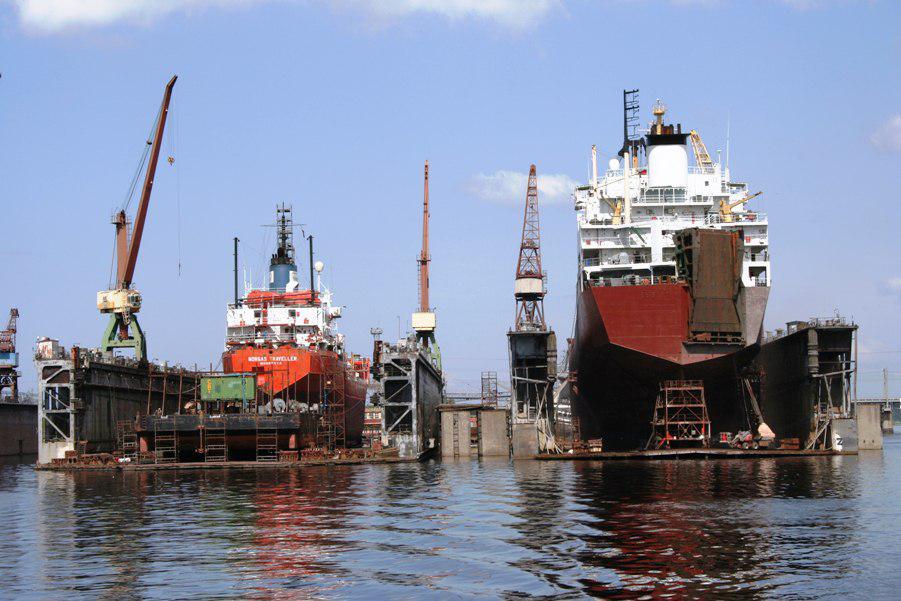
By 2013, clouds were gathering over the shipyard workers – disagreements worsened in the management of the enterprise. It was a conflict between a major shareholder Vasily Melnikov on the one hand and Anatoly Ustinov, Igor Komarov and Sergei Golitsyn on the other.
The representative of minority shareholders 1 Reinis Berzins believes that Ustinov, Komarov and Golitsyn in the 90s “actually saved the shipyard from privatization and retained the work team.” According to him, all of them are old factory workers who worked at the shipyard in the 70–80s. One fine day, Vasily Melnik called them to his place and scolded them, after which the guards took them out of the factory.
Why did this happen? In January 2014, the company received the last tranche of the total payment of $400 million. The factory carried out the very “deal of the century” – it delivered oil derricks. The deal was accompanied by big scandals, it featured Yanukovych and corruption money. The money was transferred through the shipyard and literally a couple of minutes later most of this money was taken away in an unknown direction.
In other words, an offshore company was made out of a shipyard.
Apparently, at this moment, the main capitalist V. Melnik decided that such matters would be better done without too much eyes.
After that, the daughter of Melnik Catherine was included in the board of the factory. According to Berzins, a girl with a bad character and disgusting manners. She changed security companies only because the barrier did not open the barrier in advance, and she had to stop like everyone else. Taking advantage of her position, she began to manage the old factory workers, not understanding anything in the affairs of the factory. Numerous conflicts led to the dismissal of the entire old composition of managers.
Former head of the shipbuilding department, Gennady Slezkin, said that in April 2017, EUR 1.5 million was transferred for the repair of one Dutch ship, after which the money disappeared in an unknown direction. Spoiling customer relationships is one thing, and stealing money from his accounts is another.
At one time, V. Melnik acquired the Ogre Knitwear factory, which employed six thousand people. In several years he sold it for 2 million lats with the disconnected electricity. Buying an enterprise, squeezing all the juice out of it, getting rid of it – that’s the principle of the bourgeoisie. In the case of the Shipyard, Melnik simply ceased to control the work of the factory.
The amount of unpaid wages exceeds 100 thousand euros, the terms of non-payment – six months. According to workers, real lawlessness reigns in the factory, people are humiliated, their conversations are being eavesdropped… The administration relies on intimidation of the workers, that is, on terror, and even, through protection, uses brute force against them. For example, if someone asks when the wages will be paid, they will take him out of the factory. Disconnected people left without means of subsistence are unable to resist.
It may seem that the basis of such gross violations is “an objective market situation,” but this is not so. There is a demand for ship repair, and it is considerable, but the actions of the “effective private owner” led to the fact that the factory practically does not accept orders. The means of production (docks, machine tools, buildings, structures, etc.) are idle, decaying and are becoming more and more obsolete every day. Particularly ironic is the fact that the factory, which survived the disorganization of the Soviet Union and the harshest blows of the world crisis so far, could fall by the hands of a pair of scam capitalists who had flown off the coils. Unless of course their insidious plans do not frustrate the collective actions of the factory workers.
Therefore, the Workers Front of Latvia calls on the workers of the Riga Shipyard to get in touch with the RFL activists and discuss possible actions to save the factory. Remember! You, not Melnik, are the real owners of the factory.
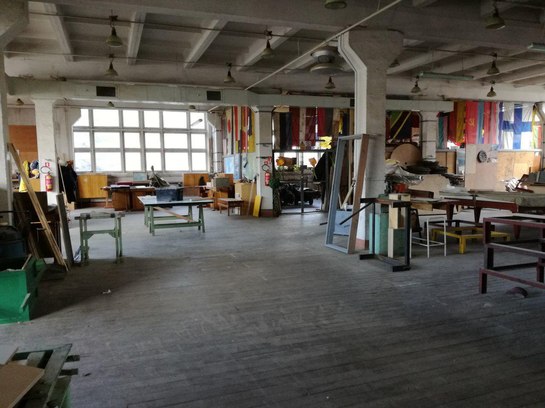
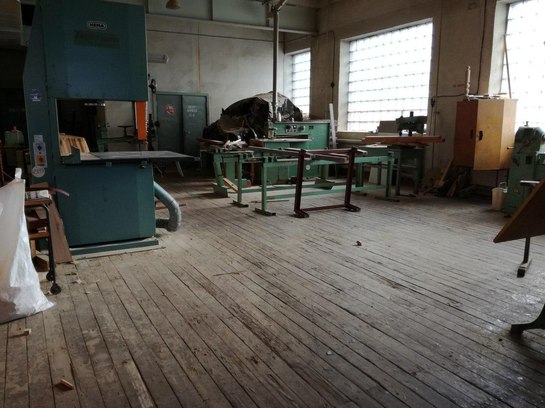
At the moment, the factory is declared insolvent, and this may mean that it can follow in the footsteps of the Liepaja metallurgist.
There is information that the Tallinn Shipyard is considering the option to buy Riga and make its own branch out of it.
In 2017, the shipyard employed 462 people. Since December last year, three quarters have not received salaries, that is, 352 employees. And without that, not many workers were first transferred to a four-hour day, respectively, reducing their salary, and then to a two-hour working day, while the salary was still not paid for a long time. Many work in two jobs, as there is no other way to live.
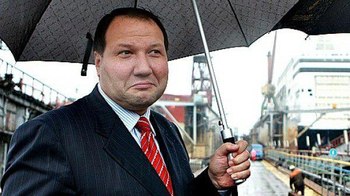
Meanwhile, the owner of the enterprise – either the capitalist or the landowner – Vasily Melnik buys a casino in central London for £15 million. With a marble staircase and gilded toilets. And the factory… what about the factory? Can any dirty smelly shipyard in Riga’s outskirts be compared with such beauty in central London? And what does he care about slaves.
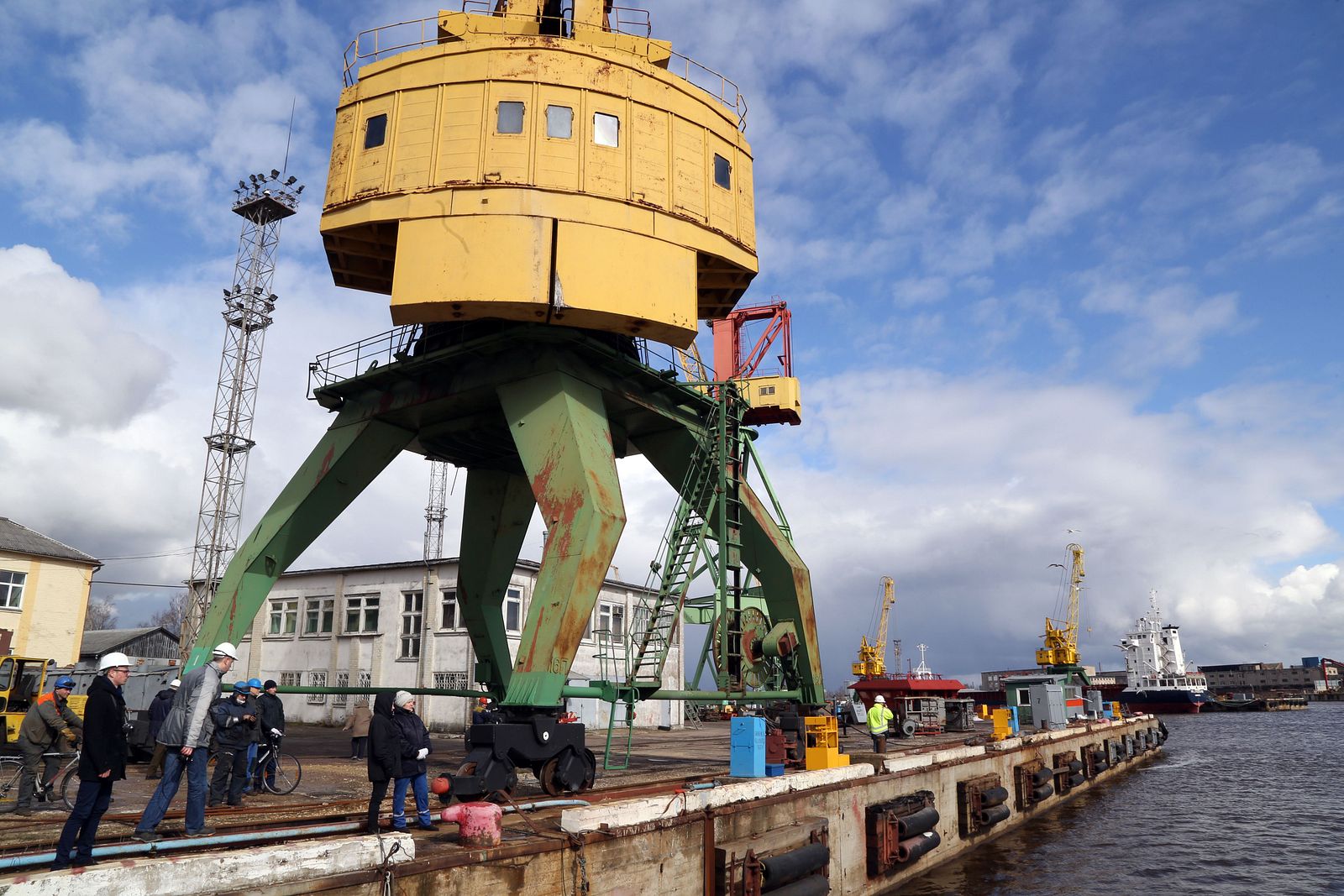
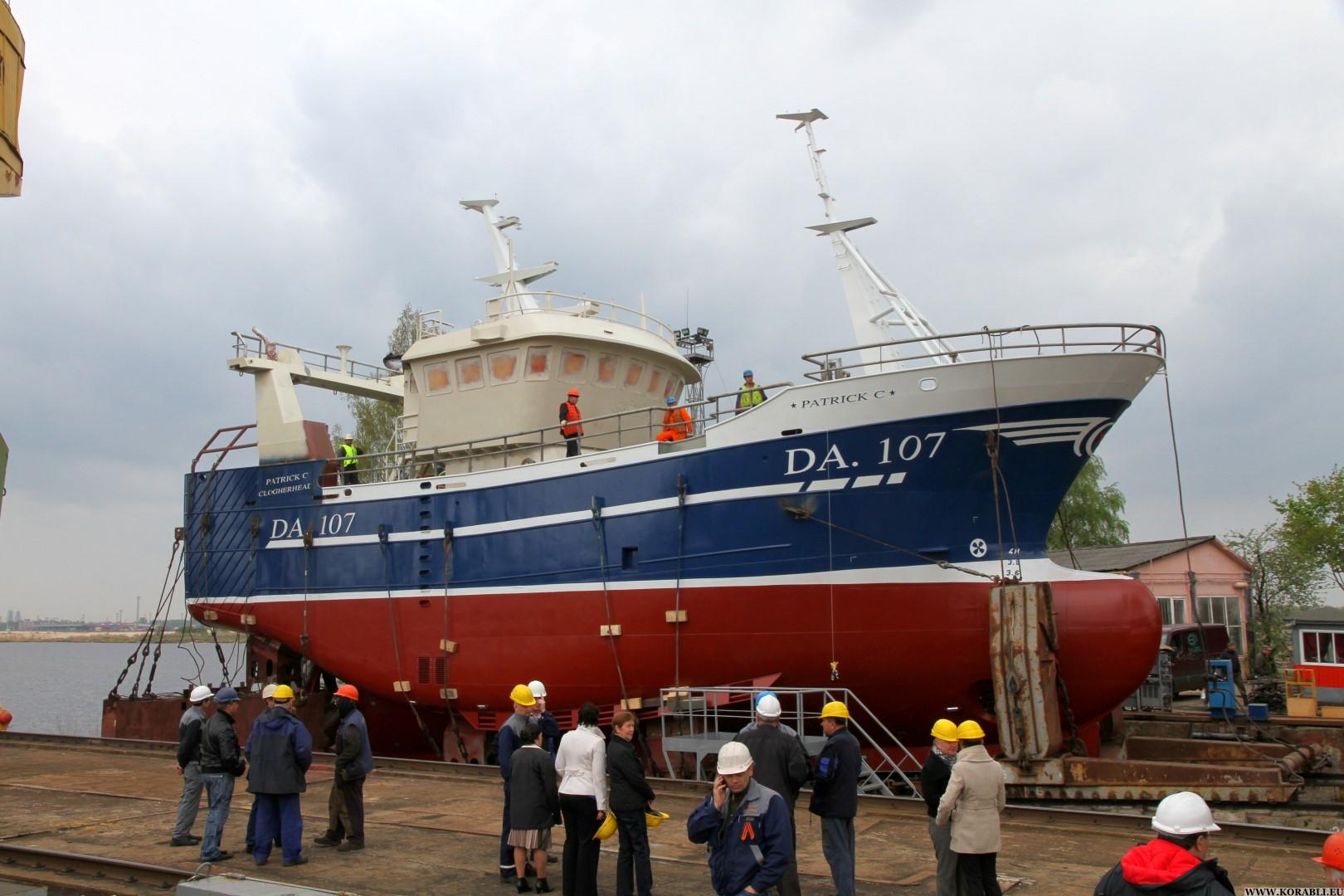
1minority shareholder – a shareholder whose shareholding does not allow him to directly participate in the management of the company.
